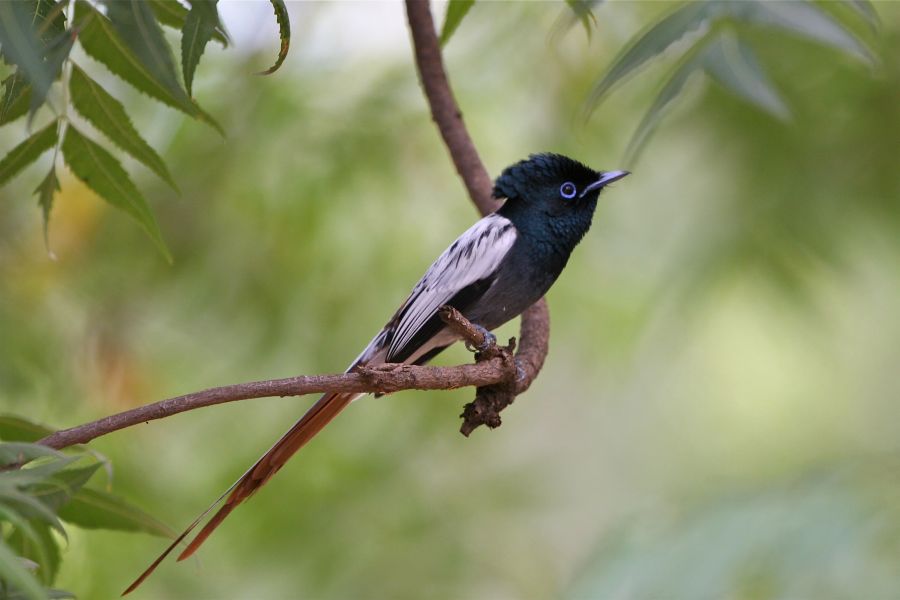Birding in and around Lake Baringo
July was a stormy month with thunder rattling the very foundation of building and impressive fiery displays of sheet lighting illuminated the whole area whilst sizzling streaks of forked lightning hit the far hills of Tugen and Laikipia. Torrential rains had the lugga’s in full spate and subsequently the ever surging lake rose again swamping the shoreline grassland and acacias dominated lake shore.
Birds flocked back to Baringo. At first, while the grasses were still low, enthralling hours could be spent looking over this rewarding bird rich area for each day something new was sighted. African Jacana, Allen’s Gallinule, Little Bittern, Northern Red Bishop, Long-toed, Spur-winged and Blacksmith Lapwing; Squacco, Grey, Purple and Goliath Heron; Great white, Yellow-billed, little and Cattle Egret; Hamerkop, Sacred and Hadada Ibis; White-faced and Fulvous Duck. Egyptian Geese were plentiful and with them were often a few knob-billed Duck , and lastly the Red-knob coot was recorded swimming in the middle of the lake.
Pied Kingfishers were not uncommon and a malachite Kingfisher was seen perched on a long grass stalk. Wood and Common Sandpipers and Barn Swallow were sighted, either early arrivals from Europe or birds which over summered in Africa. One evening a large flock of Open-billed Storks flew in and overnighted here. All the above were seen but now the grasses are tall and the general shore flooded, most of the birdlife is hidden from view.
Birds wasted no time nesting and many fledglings are already trying their wings. A Grey-headed Bush Shrike killed a weaver, decapitated it and took the head for its young to feed on. The young bird wedged the head in a forked branch were it shredded and ate it. On other occasion a Gey-headed Bushshrike attempted to take eggs from sitting White-bellied Go-Away Bird but the Go-Away Birds flocked to the scene and averted the crime by chasing the Shrike off.
Cuckoo’s are searching for nests in which to lay their eggs. Great-Spotted Cuckoo’s particularly favour Bristle-crowned Starlings nests. Rufous Chatteres are host to Black & White Cuckoo’s and it was interesting to note that Brown Babblers got very agitated when a Black & White Cuckoo invaded their territory. Didric Cuckoo’s parasitise Weaver nests, Red-chested Cuckoo’s invariably leaves their young to be raised by the poor little Spotted Morning Thrush. When Cuckoo’s are around they are constantly being chased by their angry hosts.
The Fish Eagle appears to have one young on their nest in the top branches of the Kapok tree. As this is an early hatching it is hoped the young will survive the August storms.
One morning a pair of Pygmy Kingfisher and a pair of Red-fronted Tinkerbirds were darting around the bushes calling and courting. This caused a certain amount of dilemma for both species are so enchanting it was difficult to decide which pair to watch.
One evening the Verreaux’s Eagle Owls could be heard calling in the acacia woodland south of the Camp. The next day the pair was together. As no sighting had been had of the male for some time it was good to know he was still around. The not so young juvenile was then spied flying towards its parents and for several days the family stayed on an acacia in Robert’s Camp main house. Pearl Spotted Owlet was also spotted , it is so small it is difficult to find but its distinctive call can be heard in the early morning hours.
Enjoy your birding.
Joseph Aengwo,
Resident Ornithologist



